Home>Furniture>Living Room Furniture>How To Get Cat Pee Out Of Couch Cushions
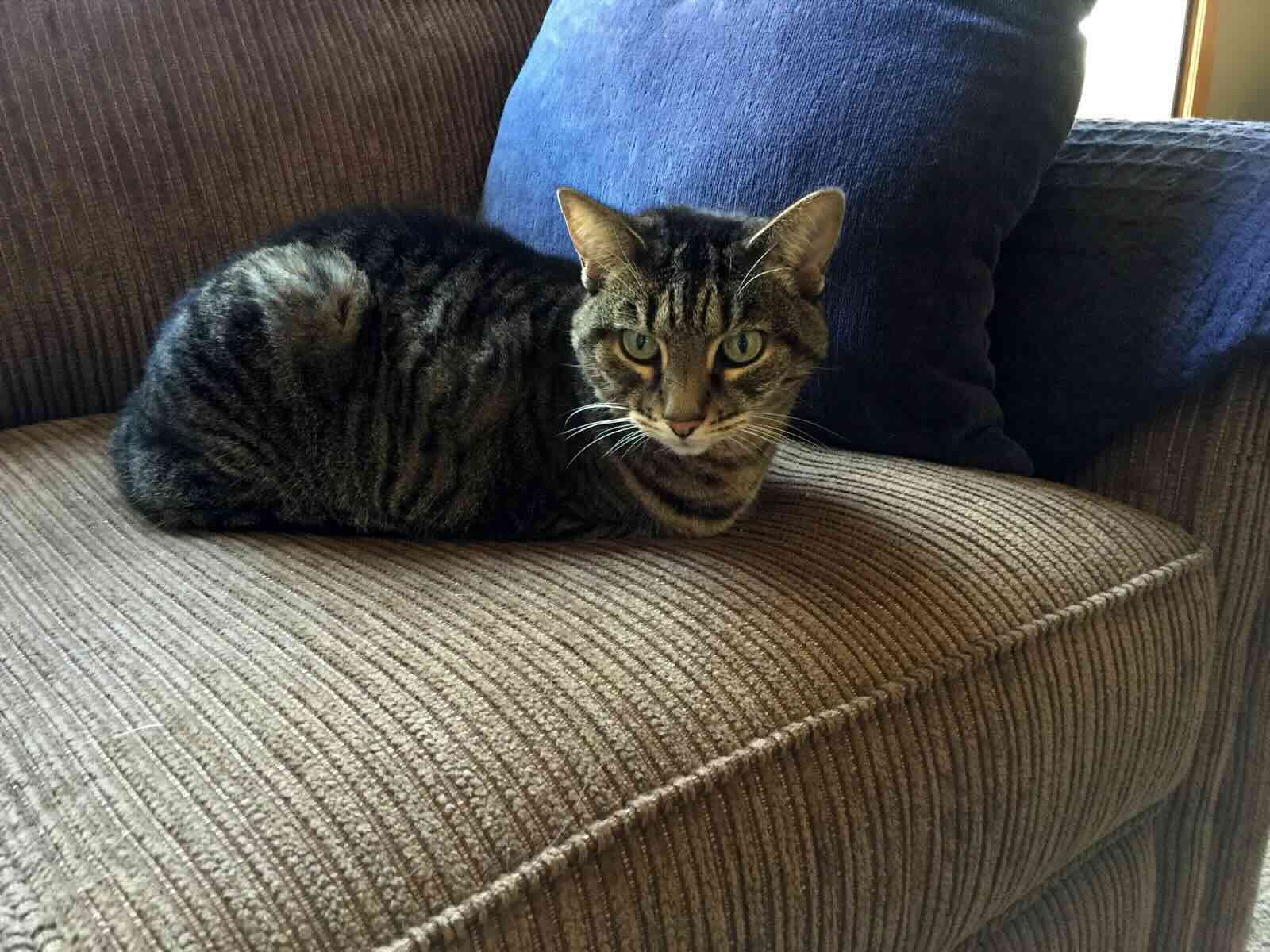

Living Room Furniture
How To Get Cat Pee Out Of Couch Cushions
Modified: March 16, 2024
Learn the best techniques for removing cat pee from your living room furniture cushions and keep your couch smelling fresh and clean.
(Many of the links in this article redirect to a specific reviewed product. Your purchase of these products through affiliate links helps to generate commission for Storables.com, at no extra cost. Learn more)
Introduction
There’s nothing worse than discovering that your beloved furry friend has left a not-so-pleasant surprise on your living room couch cushions. Whether it’s a one-time accident or a recurring behavior, dealing with cat pee stains can be frustrating and challenging.
However, with the right knowledge and techniques, you can effectively remove cat pee stains and eliminate the lingering odor. In this article, we will guide you through the process of getting cat pee out of couch cushions, providing you with the expertise needed to tackle this common household issue.
Understanding the source of the problem is crucial in order to find the best solution. Cats have a natural instinct to mark their territory, and sometimes they may choose your furniture as their chosen spot. It can be due to stress, a medical issue, or simply a lack of appropriate litter box options. Whatever the reason may be, it’s important to address the underlying cause to prevent future accidents.
Before we jump into the cleaning process, it’s essential to gather all the necessary materials. You’ll need some absorbent towels or paper towels to blot the stain, a homemade cleaning solution or a commercial pet stain remover, and a clean cloth for drying. It’s also advisable to wear gloves to protect your hands from any potential allergens or bacteria present in the urine.
Once you’ve gathered your materials, it’s time to tackle the stain. Start by blotting the affected area with absorbent towels or paper towels. Do not rub, as this can spread the urine and make the stain worse. Gently press down on the stain to absorb as much liquid as possible.
The next step is to treat the stain with a homemade solution. One effective option is a mixture of white vinegar and water. Mix equal parts of vinegar and water in a spray bottle, and spray it onto the stain. Let the solution sit for about 10-15 minutes to allow it to penetrate the urine and break down the odor-causing compounds.
If you prefer to use a commercial pet stain remover, make sure to follow the manufacturer’s instructions carefully. These products are designed to specifically target pet stains and odors, and they can be highly effective in removing cat pee stains from couch cushions.
Key Takeaways:
- Quickly blot cat pee stains with absorbent towels, then use homemade solutions or commercial pet stain removers to effectively remove the stains and neutralize odors from couch cushions.
- Prevent future accidents by addressing stress, providing clean litter boxes, and using deterrents, creating a pleasant environment for both you and your feline companion.
Read more: How To Get Mold Out Of Couch Cushions
Understanding the Source of the Problem
When it comes to dealing with cat pee on couch cushions, it’s important to understand the underlying reasons why your cat may be exhibiting this behavior. By addressing the source of the problem, you can implement effective solutions to prevent future accidents.
One common reason for cats peeing on furniture is stress. Cats are sensitive creatures, and changes in their environment can trigger anxiety or insecurity, leading to inappropriate urination. Examples of stress-inducing factors may include a new pet or family member in the household, moving to a new home, or changes in their routine. In such cases, it’s essential to provide a calm and secure environment for your cat and help them adjust to the changes gradually.
Another potential cause could be a medical issue. If your cat suddenly starts peeing on the couch cushions despite having a clean litter box, it’s crucial to rule out any underlying health problems. Urinary tract infections, bladder stones, or other medical conditions can cause discomfort while urinating, leading your cat to avoid using the litter box. Consulting with a veterinarian is advisable in such cases to ensure proper diagnosis and treatment.
In some instances, inappropriate urination may simply be due to a lack of suitable litter box options. Cats are known for their finicky nature, and they may refuse to use a dirty or overcrowded litter box. Make sure to provide multiple litter boxes throughout your home, especially in multi-level households, and keep them clean and easily accessible for your cat.
Additionally, it’s important to note that intact male cats, as well as cats who haven’t been neutered or spayed, may have a higher tendency to mark their territory by urinating on furniture and other objects. Getting your cat spayed or neutered can significantly reduce this behavior.
Once you have identified the potential underlying cause of the inappropriate urination, you can take appropriate steps to address the issue. This may involve creating a calm and stress-free environment, providing proper litter box options, or seeking medical intervention if necessary.
By understanding the source of the problem, you can effectively address the issue at its root, ensuring a cleaner and more harmonious living space for both you and your feline companion.
Preparing the Necessary Materials
Before you begin the process of removing cat pee stains from your couch cushions, it’s important to gather all the necessary materials. Having everything prepared beforehand will ensure a smoother and more efficient cleaning process.
Here’s a list of materials you’ll need:
- Absorbent towels or paper towels: These will be used to blot the cat pee stain and absorb as much liquid as possible.
- Gloves: It’s advisable to wear gloves to protect your hands from any potential allergens or bacteria present in the urine.
- A homemade cleaning solution or a commercial pet stain remover: You can choose to make your own cleaning solution using household ingredients or purchase a pet stain remover specifically formulated to eliminate urine stains and odors.
- A spray bottle: If you opt for a homemade cleaning solution, you’ll need a spray bottle to apply it onto the stain.
- A clean cloth or sponge: This will be used to wipe and dry the area after treating the stain.
It’s important to note that when selecting a commercial pet stain remover, it’s recommended to choose one that is specifically designed for removing urine stains and odors. These products are formulated to break down the chemical compounds in cat urine, effectively eliminating both the stain and the odor.
If you prefer to make your own cleaning solution, there are several effective recipes you can try. One common homemade solution for removing cat urine stains involves mixing equal parts of white vinegar and water. Vinegar is a natural disinfectant and can help neutralize the odor. Another option is to mix hydrogen peroxide with a small amount of dish soap. However, be cautious when using hydrogen peroxide as it can potentially bleach or discolor certain fabrics or upholstery materials. Always test the solution on a small, inconspicuous area first to ensure it doesn’t cause any damage.
Once you have gathered all the necessary materials, you’ll be ready to tackle the cat pee stains on your couch cushions. Having everything prepared ahead of time will make the cleaning process more efficient, allowing you to address the issue promptly and effectively.
Blotting the Pee Stain
When faced with a cat pee stain on your couch cushions, the first step is to act quickly and blot the stain as soon as possible. Promptly removing the excess urine will prevent it from seeping deeper into the fabric and minimize the potential for damage and lingering odor.
Follow these steps to effectively blot the pee stain:
- Wear gloves to protect your hands from bacteria or potential allergens present in the urine.
- Immediately after discovering the stain, grab some absorbent towels or paper towels and gently press down on the stain. Avoid rubbing, as this can spread the urine and make the stain worse.
- Continue blotting the stain until you’ve absorbed as much liquid as possible. Depending on the size of the stain, you may need to use multiple towels. Replace them as needed to ensure effective absorption.
- Once you’ve removed the majority of the urine, take a fresh towel and press it against the stain again. Apply gentle pressure to help draw out any remaining moisture.
It’s important to note that you should avoid using colored towels or towels with patterns, as the dyes or chemicals used in their manufacturing process may transfer onto the fabric and cause further staining.
If the stain has already dried and set into the fabric, dampen the area with water before you begin blotting. This will help rehydrate the stain and make it easier to remove.
By promptly blotting the pee stain, you’re preventing further absorption into the fabric and setting the foundation for successful stain removal. However, blotting alone may not completely eliminate the stain or the odor, which is why it’s essential to proceed with the following steps in the cleaning process.
Treating the Stain with a Homemade Solution
After blotting the cat pee stain from your couch cushions, it’s time to treat the remaining discoloration and odor with a homemade cleaning solution. Using a homemade solution can be an effective and cost-efficient way to remove cat urine stains, as well as neutralize any lingering odor.
Here’s a step-by-step guide to treating the stain with a homemade solution:
- Mix equal parts of white vinegar and water in a spray bottle. Vinegar is a natural disinfectant and can help break down the odor-causing compounds in cat urine.
- Before applying the solution, test it on a small, inconspicuous area of the cushion to ensure it doesn’t cause any discoloration or damage.
- Spray the homemade solution onto the stained area, ensuring that it is thoroughly saturated.
- Allow the solution to sit on the stain for about 10-15 minutes. This will give it time to penetrate the fabric and break down the urine, effectively eliminating the stain and odor.
- After the designated time has passed, use a clean cloth or sponge to gently blot the treated area. Avoid rubbing, as this can spread the solution and potentially damage the fabric.
- If the stain persists, repeat the process using the homemade solution until the stain is completely removed.
It’s important to note that while vinegar is effective in removing cat urine stains and odors, it has a strong smell of its own. However, the vinegar scent will dissipate as the solution dries, leaving behind a fresh and clean scent.
If you prefer not to use vinegar, there are alternative homemade solutions you can try. For example, mixing hydrogen peroxide with a small amount of dish soap can be effective in removing stains. However, exercise caution when using hydrogen peroxide, as it can bleach or discolor certain fabrics or upholstery materials. Always test the solution on a small, inconspicuous area first.
By treating the cat pee stain with a homemade solution, you’re targeting both the discoloration and the odor, ensuring that your couch cushions look and smell fresh once again. If the homemade solution doesn’t yield satisfactory results, there are commercial pet stain removers available that you can use as an alternative.
Blot the area with paper towels, then apply a mixture of equal parts water and white vinegar. Let it sit for 10 minutes, then blot with more paper towels. Finally, sprinkle baking soda on the area, let it sit for a few hours, then vacuum it up.
Read more: How To Get Wrinkles Out Of Couch Cushions
Using Commercial Pet Stain Removers
If homemade solutions aren’t giving you the desired results in removing cat pee stains from your couch cushions, or if you prefer a convenient and ready-to-use option, commercial pet stain removers can be a highly effective alternative. These products are specifically formulated to target pet stains and eliminate both the stain and the odor.
Here are some steps to follow when using commercial pet stain removers:
- Read and carefully follow the instructions provided on the product label. Different stain removers may have specific guidelines for application and use.
- Before applying the stain remover, test it on a small and inconspicuous area of the couch cushion to ensure that it doesn’t cause any discoloration or damage.
- Apply the stain remover directly to the affected area, making sure to thoroughly saturate the stained fabric. Take care not to oversaturate, as excessive moisture can potentially damage the cushion’s filling.
- Gently work the stain remover into the fabric using a clean cloth or sponge. Follow the instructions regarding the recommended amount of time for the product to sit on the stain.
- After the designated time has passed, use a clean cloth or sponge to blot the area, absorbing any excess moisture and lifting the stain.
- Repeat the process if necessary, especially for stubborn or older stains, until the stain is completely removed.
Be sure to allow the couch cushion to fully dry after treating it with a commercial pet stain remover. This will help prevent any remaining moisture from causing mildew or mold growth.
Commercial pet stain removers are designed to not only remove the visible stain but also tackle the odor-causing components of the cat urine. They contain specialized enzymes that break down the urine molecules, eliminating both the stain and the odor at a molecular level.
It’s important to note that while commercial pet stain removers can be highly effective, it’s still advisable to test them on a small area first to ensure compatibility with your specific couch cushion fabric. Additionally, always follow the instructions provided by the manufacturer to maximize the effectiveness of the stain remover and avoid any potential damage to your furniture.
By using a commercial pet stain remover, you can save time and effort while effectively addressing cat pee stains on your couch cushions, leaving them looking clean, fresh, and odor-free.
Removing Residual Odor
Even after successfully removing the visible cat pee stain from your couch cushions, it’s important to tackle any residual odor that may linger. Cats have a highly sensitive sense of smell, and if the odor remains, it may attract your cat to the same spot in the future.
Here are some effective methods to remove residual odor:
- Baking Soda: Baking soda is known for its odor-absorbing properties. Sprinkle a generous amount of baking soda over the affected area and let it sit for a few hours or overnight. Vacuum the baking soda thoroughly to remove any remaining odor.
- White Vinegar: Vinegar is a natural deodorizer. Mix equal parts of white vinegar and water in a spray bottle and generously spray the affected area. Let it sit for 15-20 minutes before blotting it with a clean cloth or sponge. Ensure the cushion is thoroughly dry.
- Enzyme Cleaner: Enzyme-based cleaners specifically formulated for removing pet odors can be highly effective. These cleaners contain enzymes that break down the odor-causing compounds of cat urine. Follow the product instructions for the appropriate usage and application.
- Activated Charcoal: Place small bowls of activated charcoal near the affected area. Activated charcoal is an excellent odor absorber and can help neutralize any remaining smell.
In addition to these methods, proper ventilation is important to allow fresh air to circulate in the room. Open windows and use fans to improve air circulation, which can help dissipate any lingering odors.
It’s important to note that some fabric materials may hold onto odors more stubbornly. In such cases, professional cleaning services might be necessary to effectively eliminate the odor.
Remember, it’s crucial to thoroughly dry the cushions after treating them to prevent any moisture from causing mildew or mold growth, which can contribute to unpleasant smells.
By utilizing these odor-eliminating methods, you can ensure that your couch cushions are not only clean but also free from any lingering cat urine odors. This will help prevent your cat from being drawn back to the same spot and discourage repeat accidents.
Drying the Cushions Thoroughly
After treating cat pee stains and eliminating odor from your couch cushions, it’s crucial to ensure that they are dried thoroughly. Proper drying is essential to prevent any moisture from promoting mold or mildew growth and to restore the cushions to their natural state.
Follow these steps to effectively dry your couch cushions:
- Remove the cushions from the couch, if possible, to ensure thorough drying.
- Place the cushions in a well-ventilated area with good air circulation. This can be indoors near an open window or outdoors in a shaded area.
- If the cushions have removable covers, take them off and wash them separately as per the care instructions. Allow the covers to air dry or use a low heat setting on the dryer if applicable.
- To expedite the drying process, use fans or open windows to increase air circulation in the area where the cushions are placed.
- Rotate the cushions periodically to ensure even drying on all sides.
- Avoid placing the cushions under direct sunlight, as this can cause fading or discoloration of the fabric.
- Monitor the cushions closely and check for any signs of lingering moisture. If you detect any dampness, continue the drying process until the cushions are completely dry.
- Once the cushions are thoroughly dried, reattach the covers, if applicable, and return them to their proper place on the couch.
It’s crucial to ensure that the cushions are fully dry before using them again. Failure to do so can lead to unpleasant odors or the growth of mold and mildew, which can be harmful to your health and damage your furniture.
Keep in mind that the drying time may vary depending on factors such as the cushion’s size, fabric type, and humidity levels in your area. It’s better to err on the side of caution and allow the cushions to dry for a longer period if needed.
By thoroughly drying your couch cushions after treating cat pee stains, you can restore them to their original condition and ensure a clean and fresh seating area in your living room.
Preventing Future Accidents
Dealing with cat pee stains on your couch cushions can be a hassle, so it’s essential to take proactive measures to prevent future accidents. By understanding your cat’s behavior and addressing potential issues, you can create an environment that discourages inappropriate urination and promotes proper litter box usage.
Here are some tips to help prevent future accidents:
- Provide an adequate number of litter boxes: Ensure that you have enough litter boxes in your home, especially if you have multiple cats. The general rule of thumb is to have one litter box per cat, plus an extra one. This provides ample options for your cats to choose from and reduces the chances of litter box overcrowding.
- Keep litter boxes clean: Cats prefer a clean litter box, so scoop it daily to remove waste and clumps. Regularly change the litter and clean the litter box to keep it fresh. Avoid using harsh cleaning chemicals, as the scent may discourage your cat from using the litter box.
- Choose the right litter: Cats have preferences when it comes to the type of litter used. Experiment with different types, such as clumping, non-clumping, scented, or unscented, to find one that your cat prefers. Place the litter boxes in quiet and accessible areas that offer privacy for your cat.
- Address stress and anxiety: Cats may urinate outside the litter box due to stress or anxiety. Identify potential stressors in your cat’s environment and take steps to create a calm and comfortable space. Provide hiding spots, vertical spaces, and interactive toys to engage your cat and alleviate boredom.
- Medical check-up: If your cat continues to have accidents despite steps taken to prevent them, consult with a veterinarian to rule out any underlying medical issues. Urinary tract infections, bladder stones, or other health conditions can cause discomfort and lead to inappropriate urination.
- Use deterrents: If your cat consistently targets a specific area of the couch, you can try using deterrents to discourage them. Place double-sided tape or aluminum foil on the spot, as cats dislike the texture. You can also use cat-safe repellents or sprays designed to deter them from certain areas.
- Consider behavior modification techniques: Positive reinforcement training can be beneficial in encouraging proper litter box usage. Reward your cat with treats or praise when they use the litter box correctly. Avoid punishment or scolding, as this may create more stress and worsen the problem.
By implementing these preventive measures, you can create a conducive environment that promotes proper litter box usage and prevents future cat pee accidents on your couch cushions. Remember, patience and consistency are key when dealing with behavioral issues, so be persistent in providing a litter box that meets your cat’s needs and in addressing any underlying stress or medical issues.
Read more: How To Get Odor Out Of Couch Cushions
Conclusion
Dealing with cat pee stains on your couch cushions can be frustrating, but with the right knowledge and techniques, you can effectively remove the stains and eliminate any lingering odor. By understanding the source of the problem, preparing the necessary materials, and following the proper steps, you can restore your couch cushions to their original condition and prevent future accidents.
Blotting the cat pee stain quickly and effectively is crucial to minimize damage and prevent further absorption into the fabric. Use absorbent towels or paper towels to gently press down on the stain and remove as much liquid as possible. Avoid rubbing, as this can spread the urine and worsen the stain.
Treating the stain with a homemade solution or a commercial pet stain remover is the next step. Homemade solutions, such as vinegar and water mixtures or hydrogen peroxide with dish soap, can effectively break down the stain and neutralize the odor. Commercial pet stain removers are specifically formulated to target pet stains and can yield excellent results.
After treating the stain, it’s important to remove any residual odor. Using methods like baking soda, white vinegar, enzyme cleaners, or activated charcoal can help eliminate any remaining smells and ensure a fresh and odor-free environment.
Thoroughly drying the couch cushions after cleaning is vital to prevent mold and mildew growth. Place the cushions in a well-ventilated area, ideally with good air circulation, and allow them to fully dry before using them again.
Finally, take proactive measures to prevent future accidents. Providing an adequate number of clean litter boxes, addressing stress and anxiety, and using deterrents can help discourage inappropriate urination. Regularly scooping the litter box, choosing the right litter, and addressing any medical issues are also essential in preventing future accidents.
By following these steps and taking preventative measures, you can maintain clean and fresh couch cushions, creating a pleasant environment for both you and your feline companion. Remember, patience and consistency are key, so be diligent in addressing any underlying issues and maintaining a clean litter box. With proper care and attention, cat pee stains on your couch cushions can become a thing of the past.
Frequently Asked Questions about How To Get Cat Pee Out Of Couch Cushions
Was this page helpful?
At Storables.com, we guarantee accurate and reliable information. Our content, validated by Expert Board Contributors, is crafted following stringent Editorial Policies. We're committed to providing you with well-researched, expert-backed insights for all your informational needs.
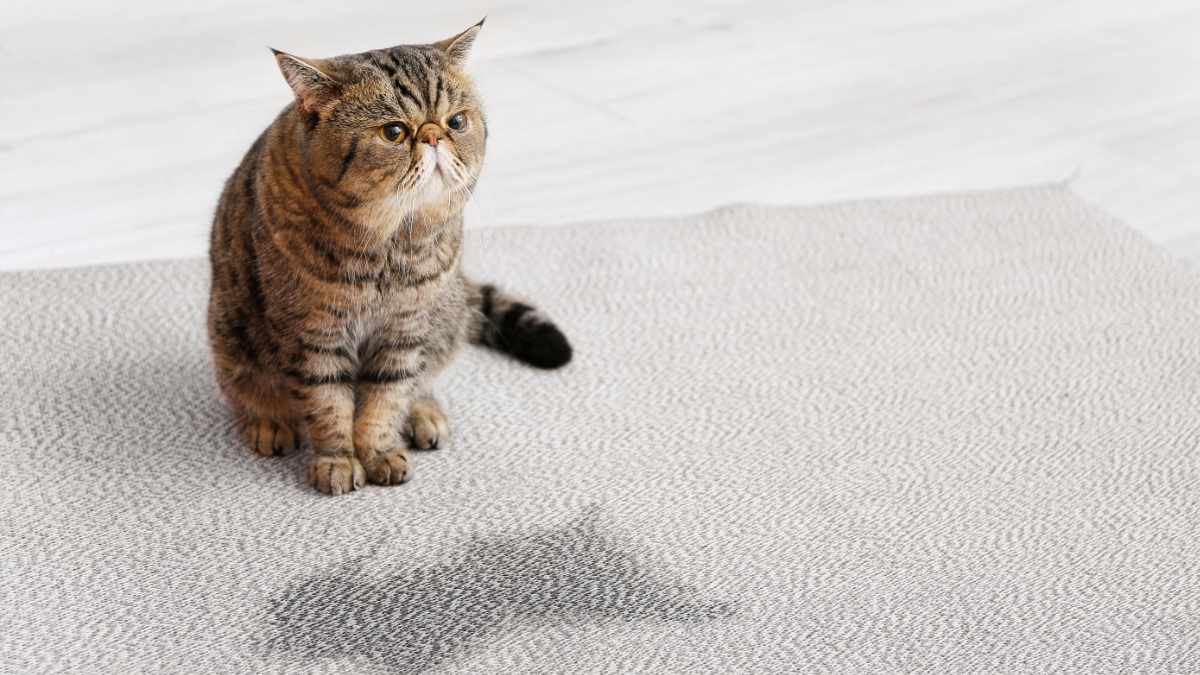
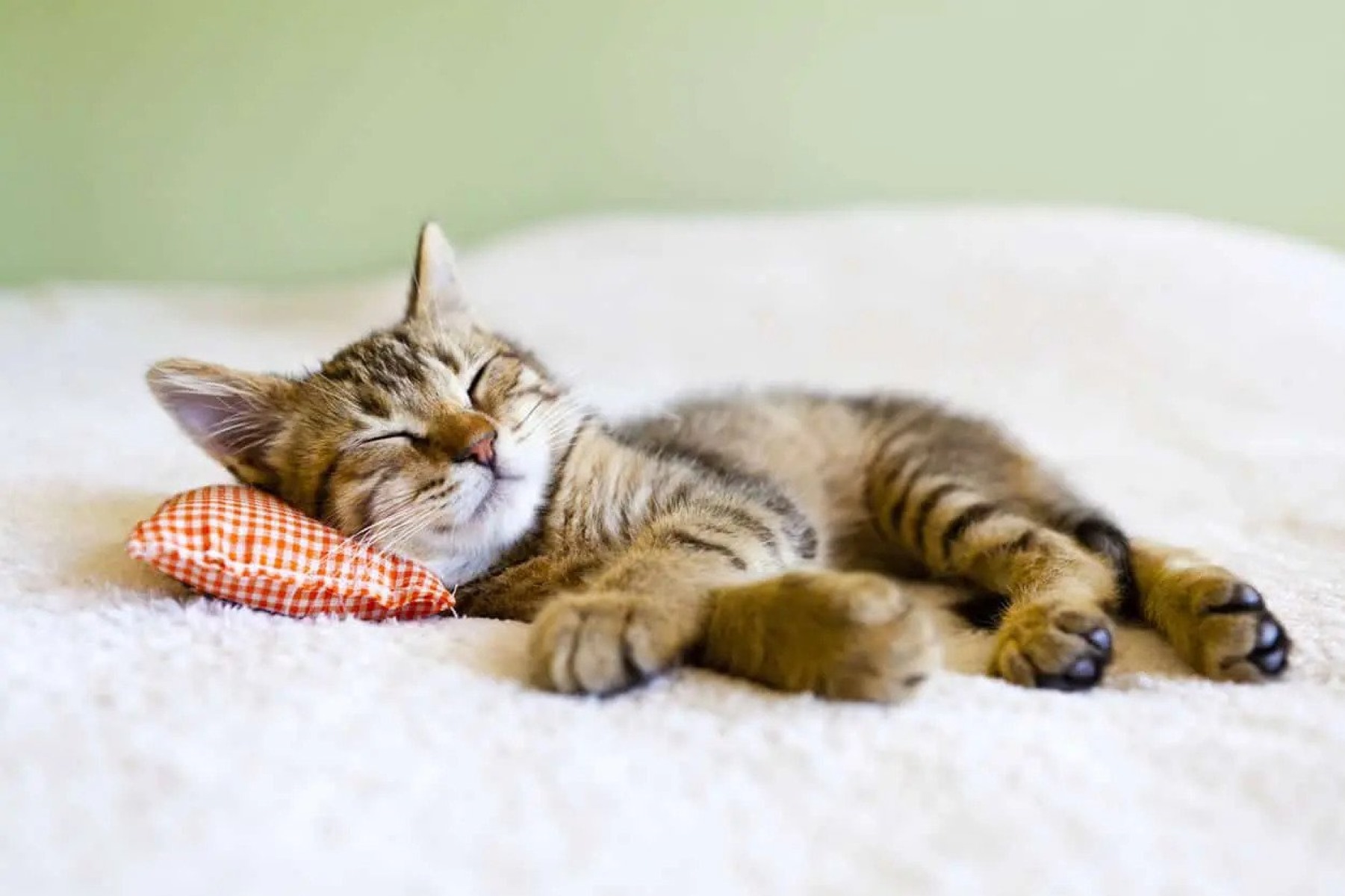
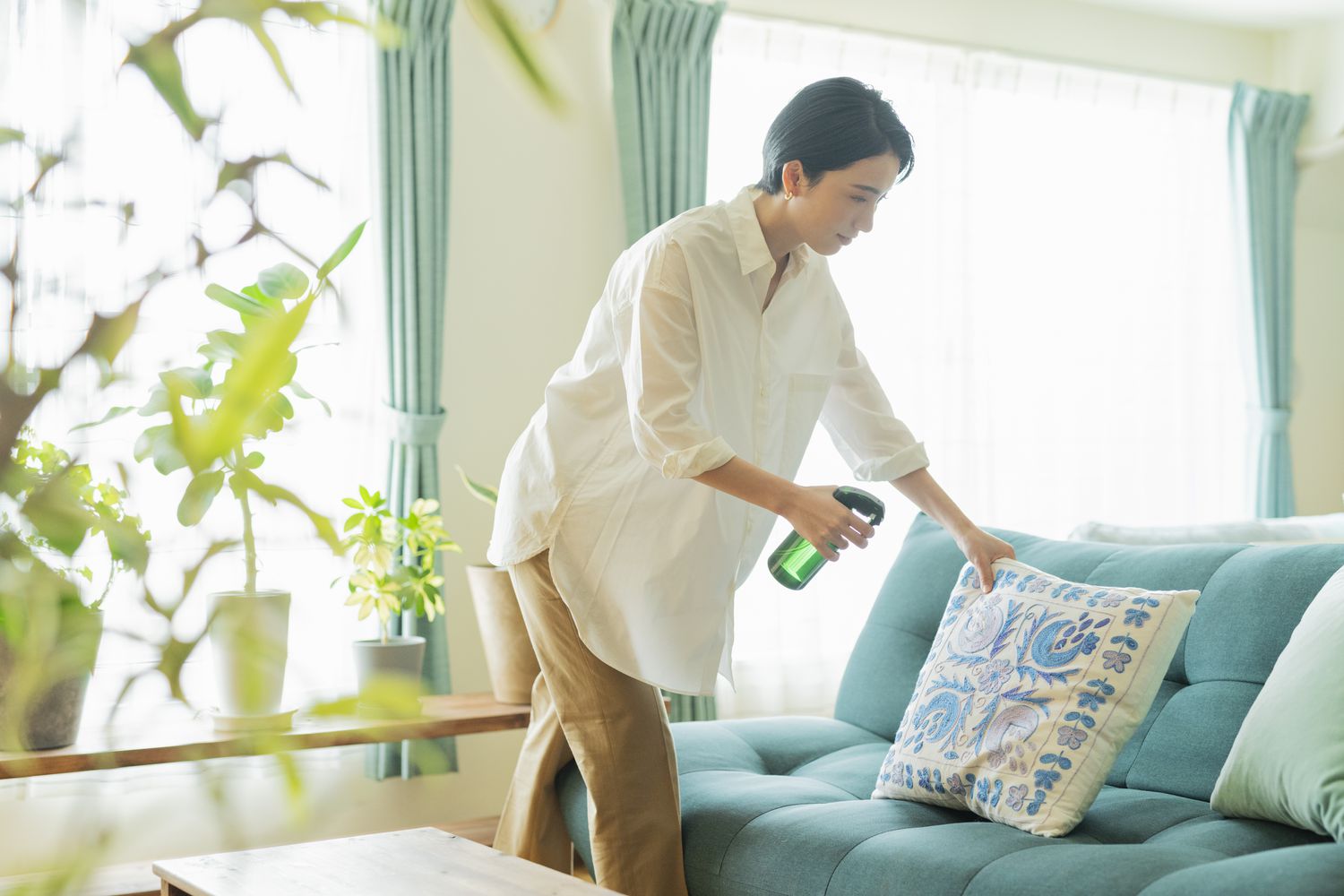
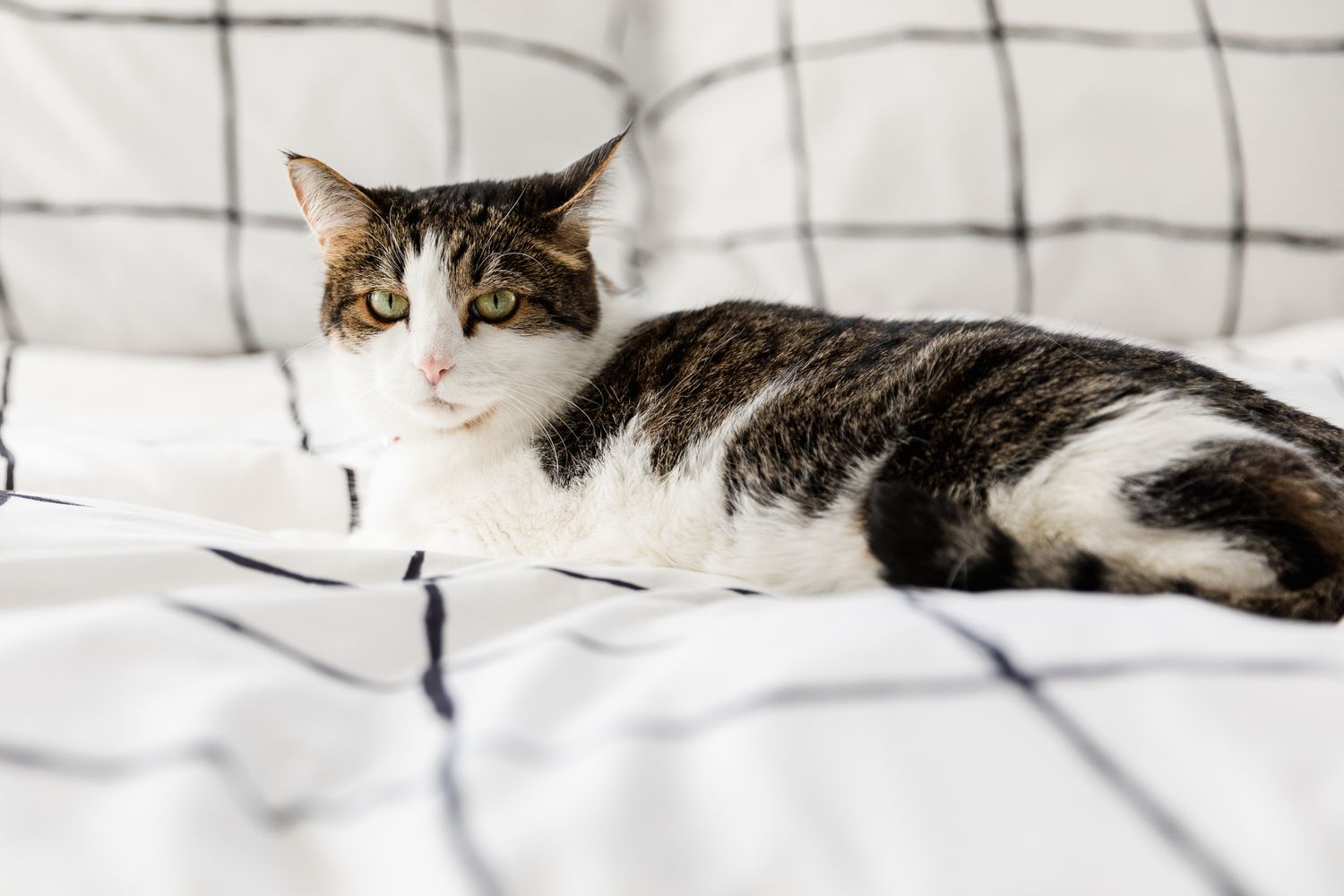
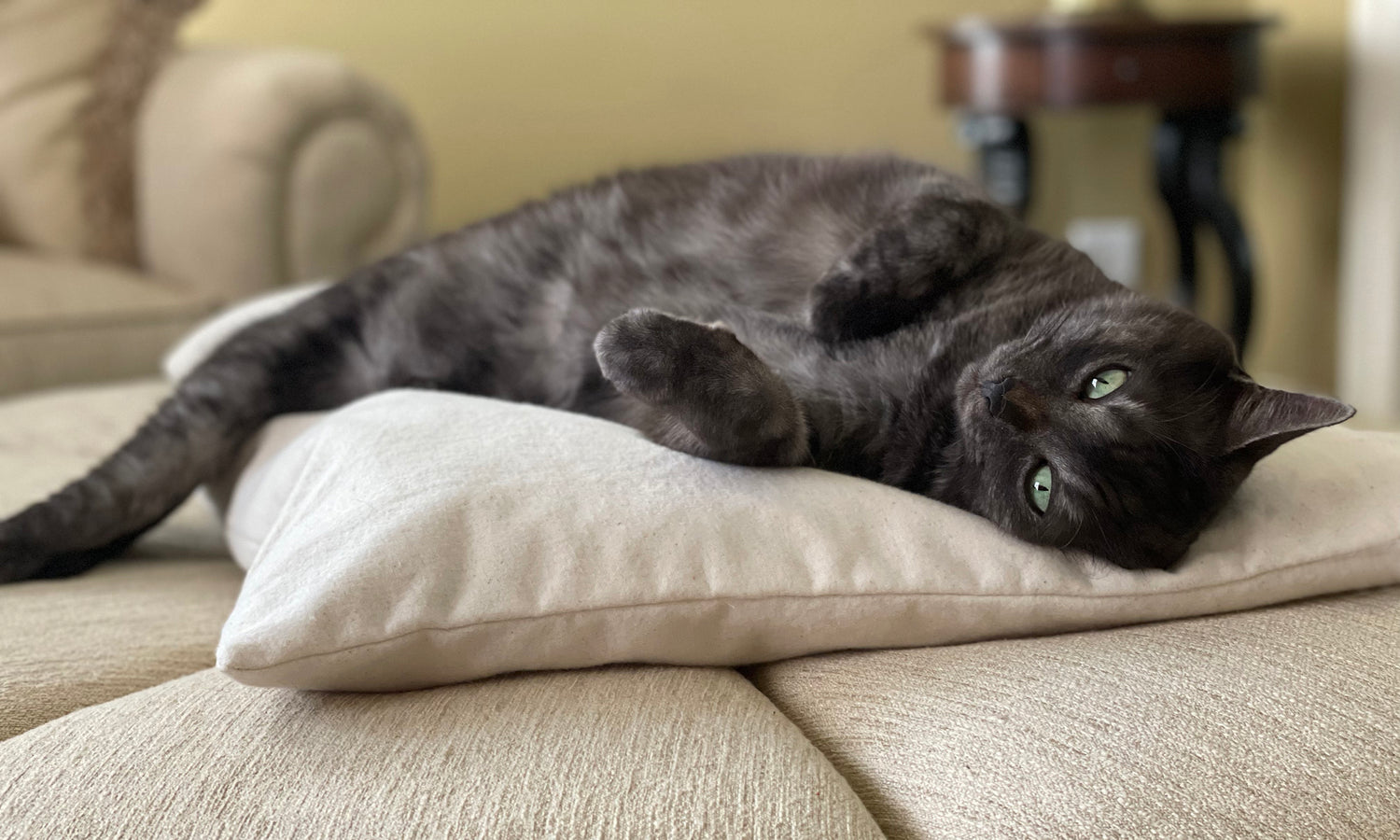
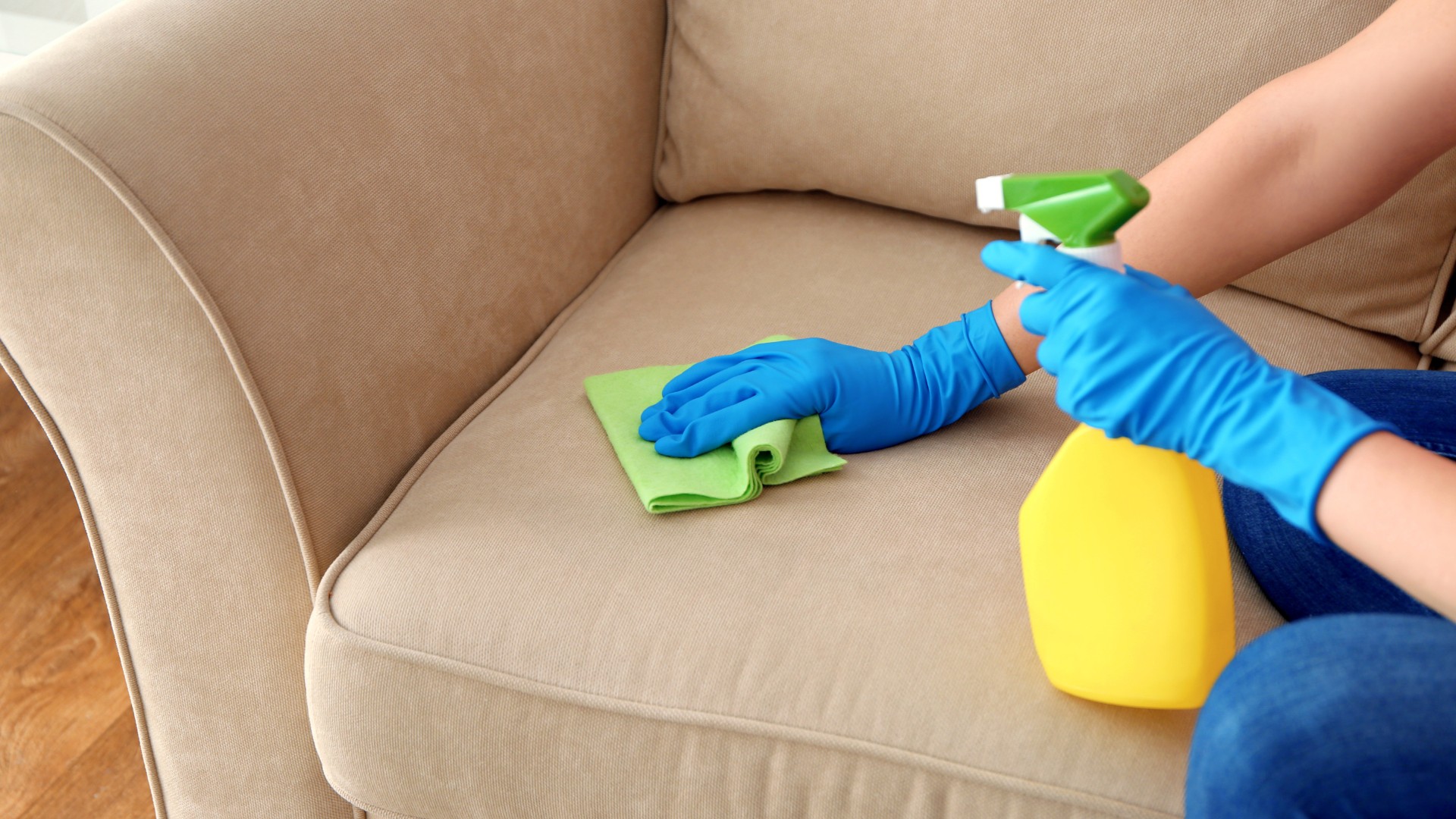
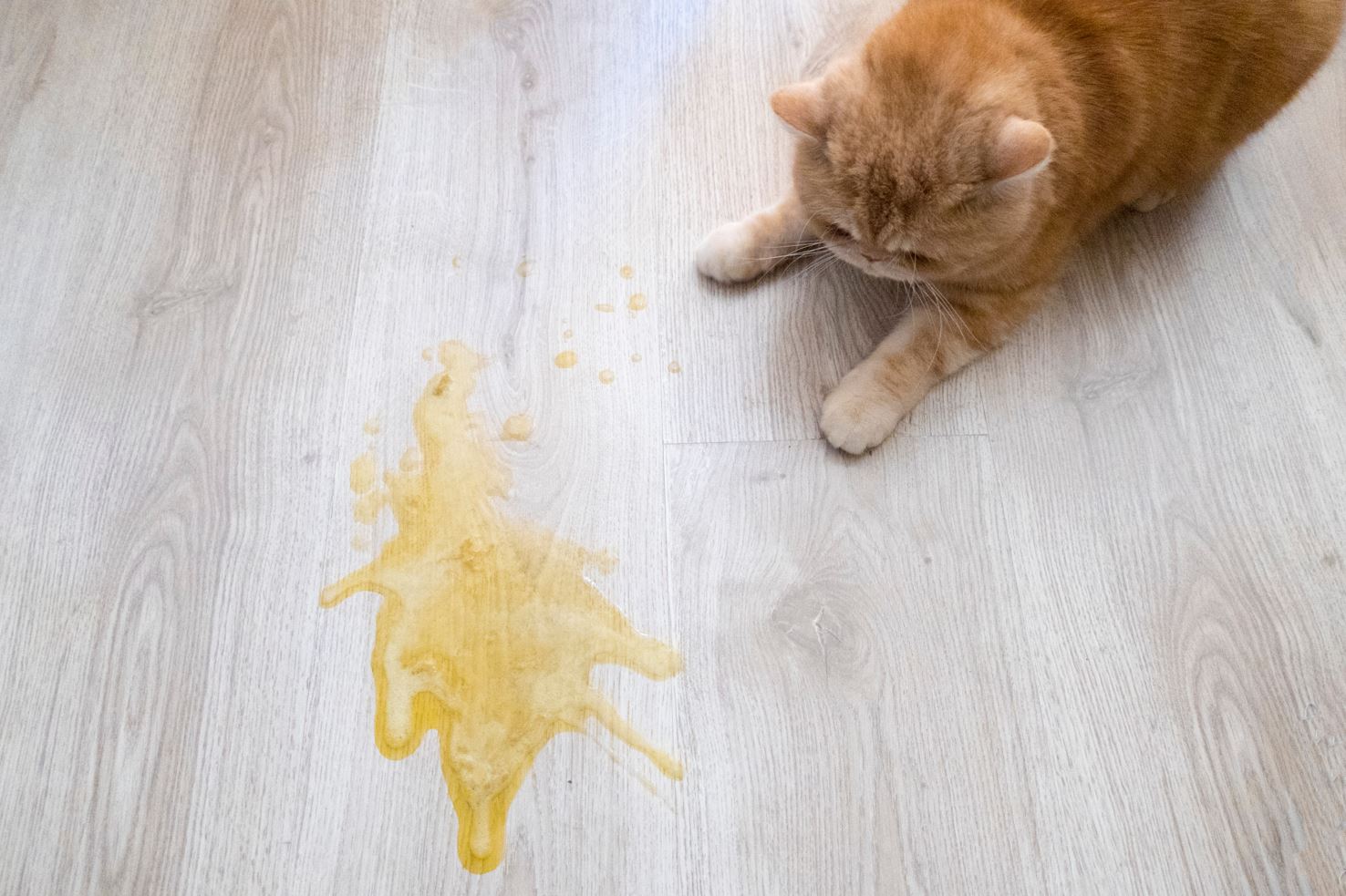
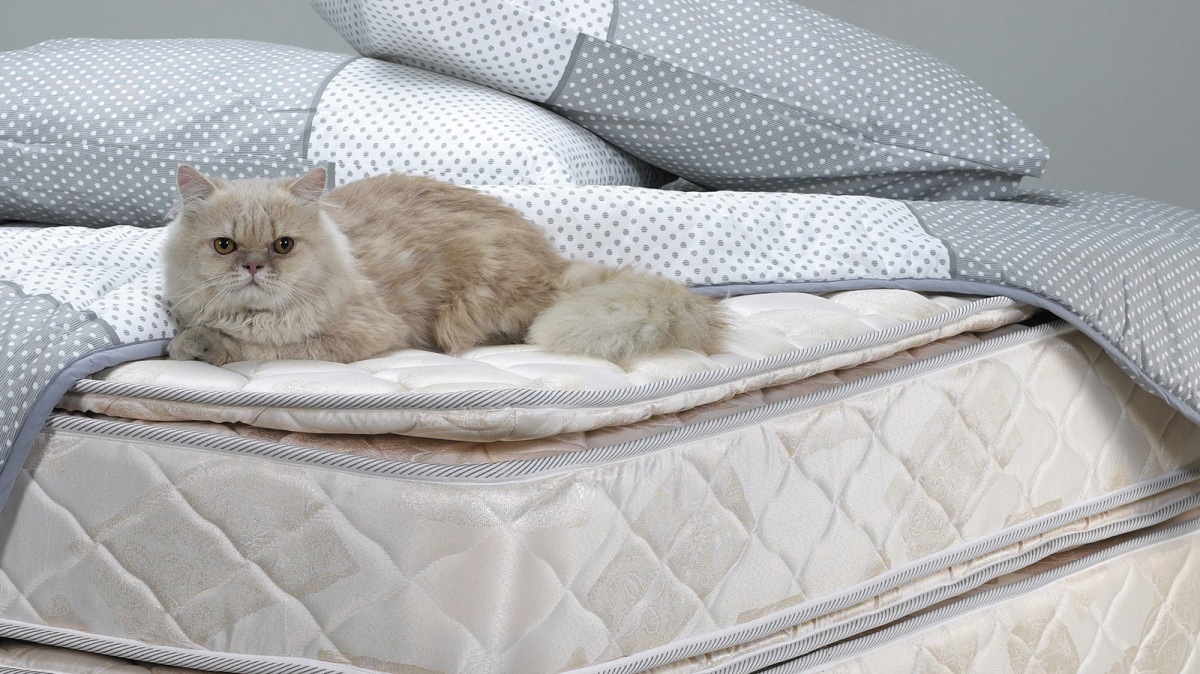
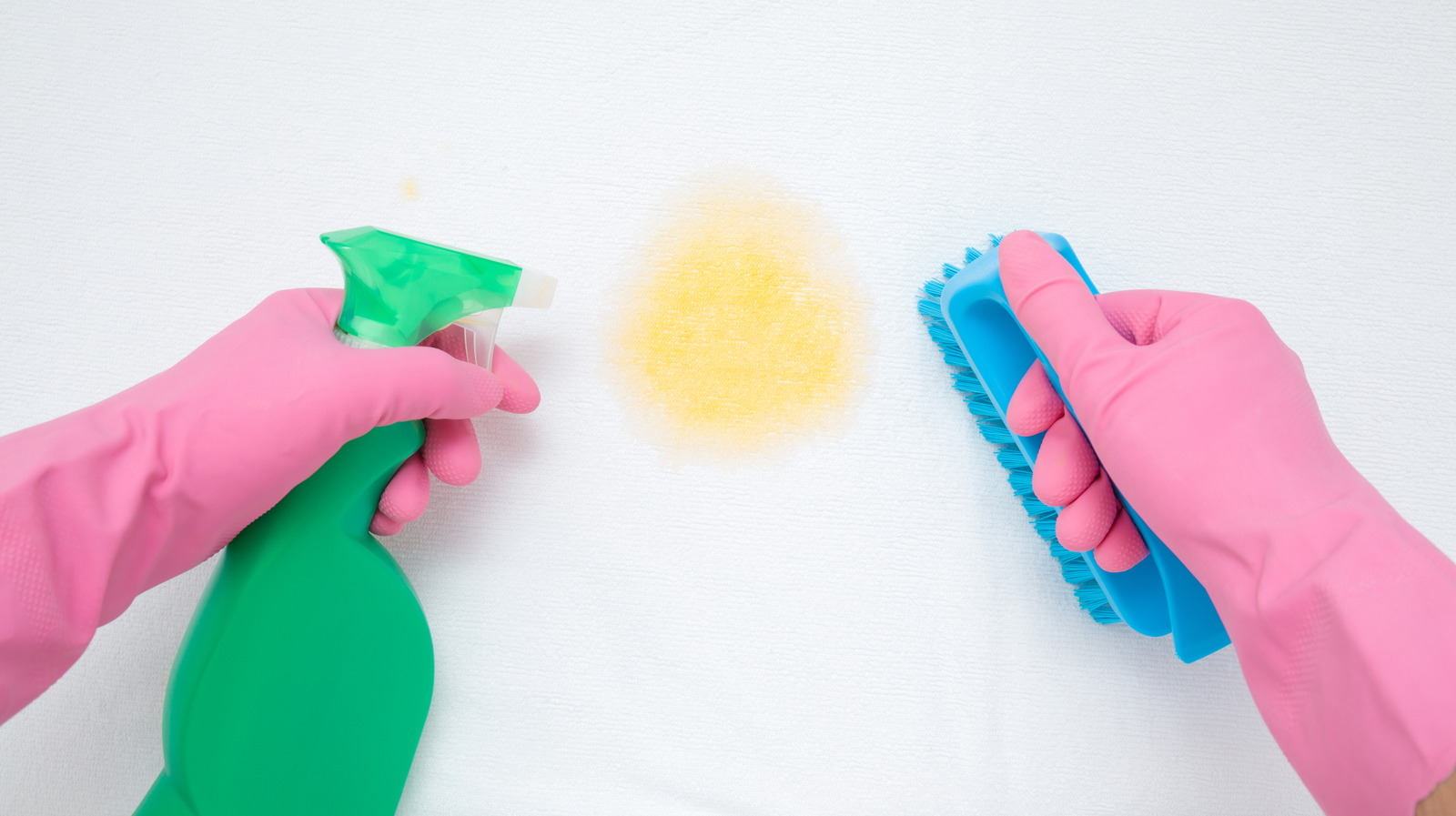
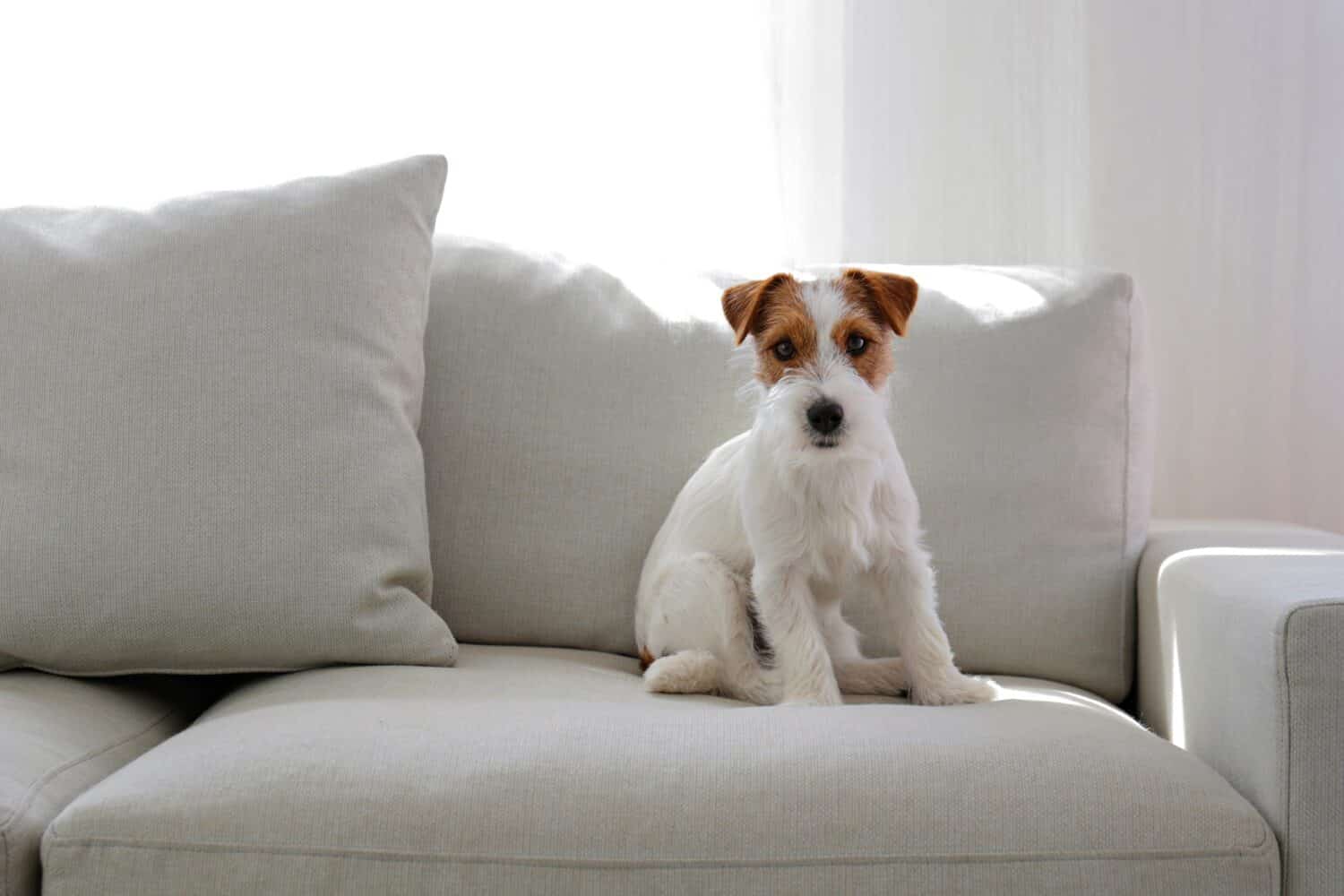
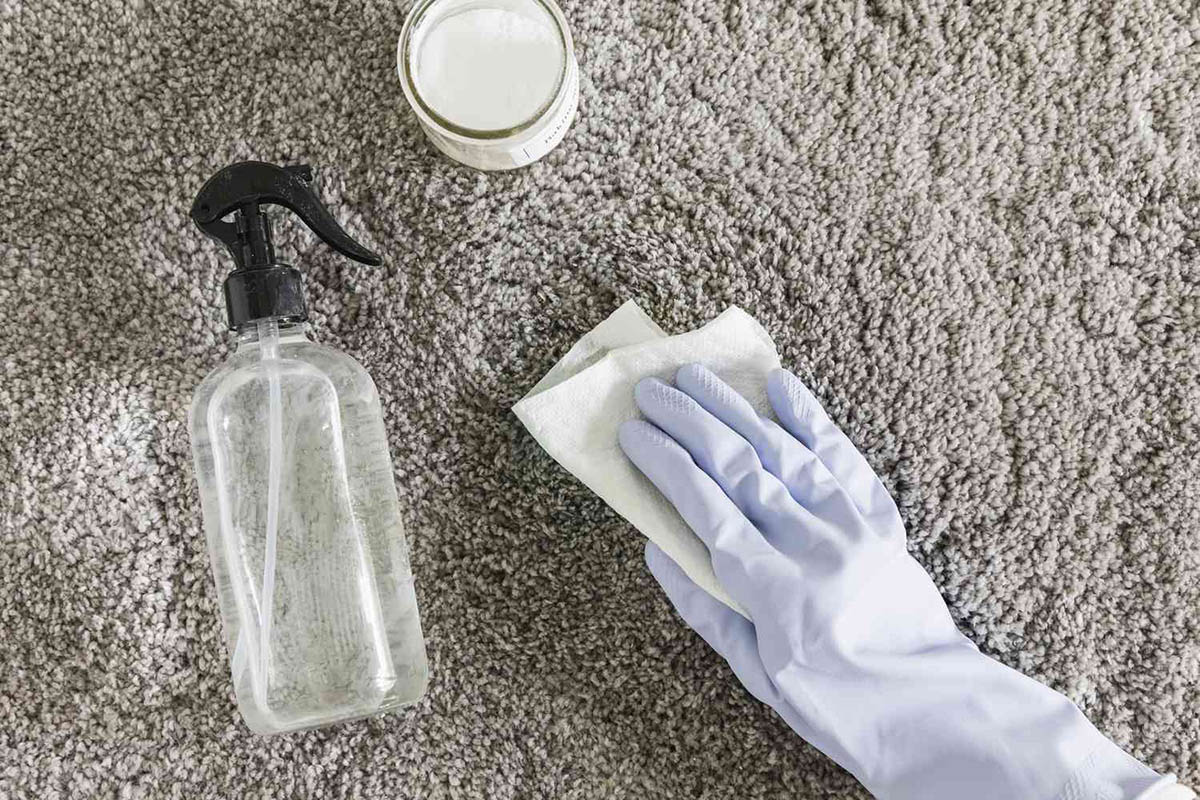
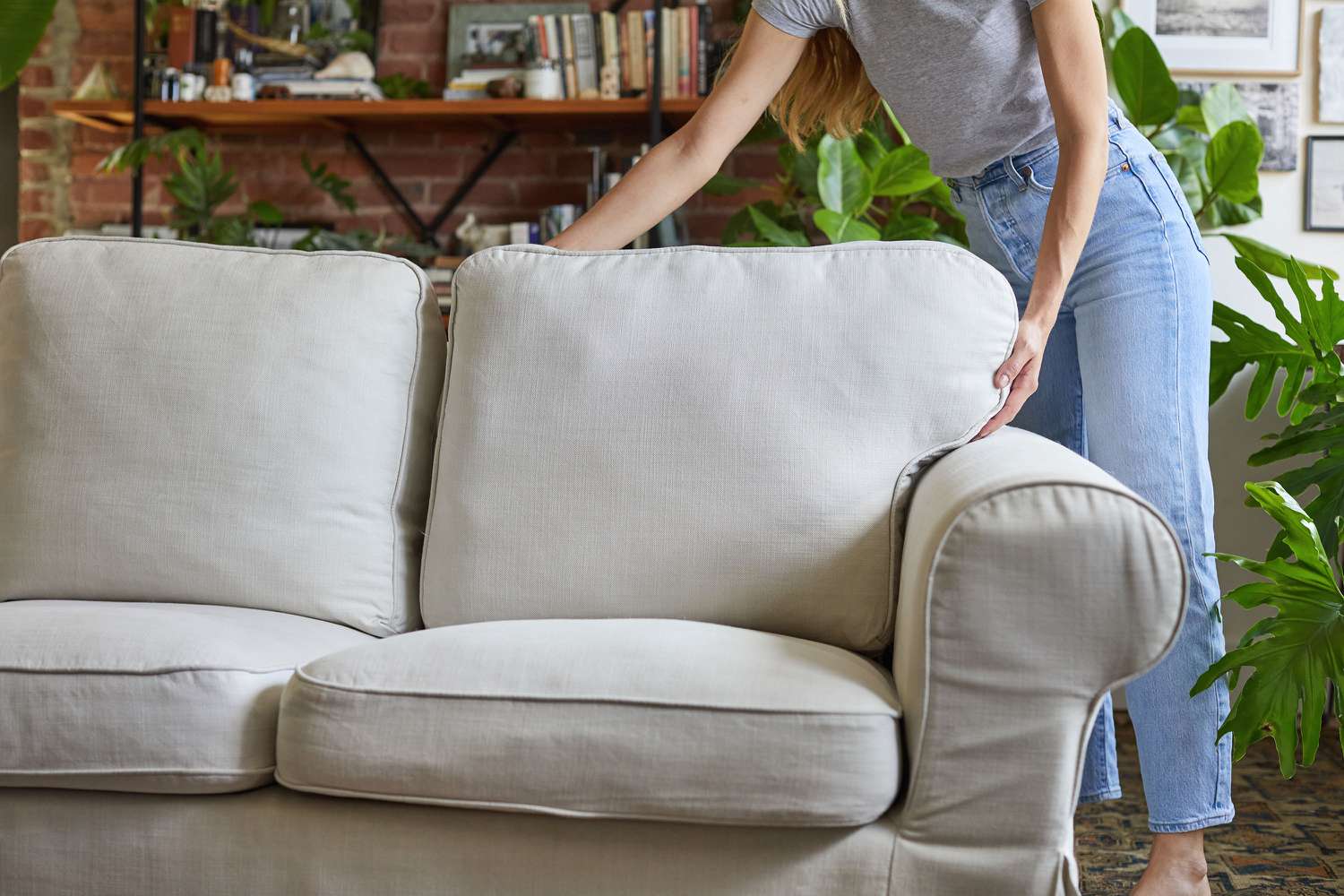
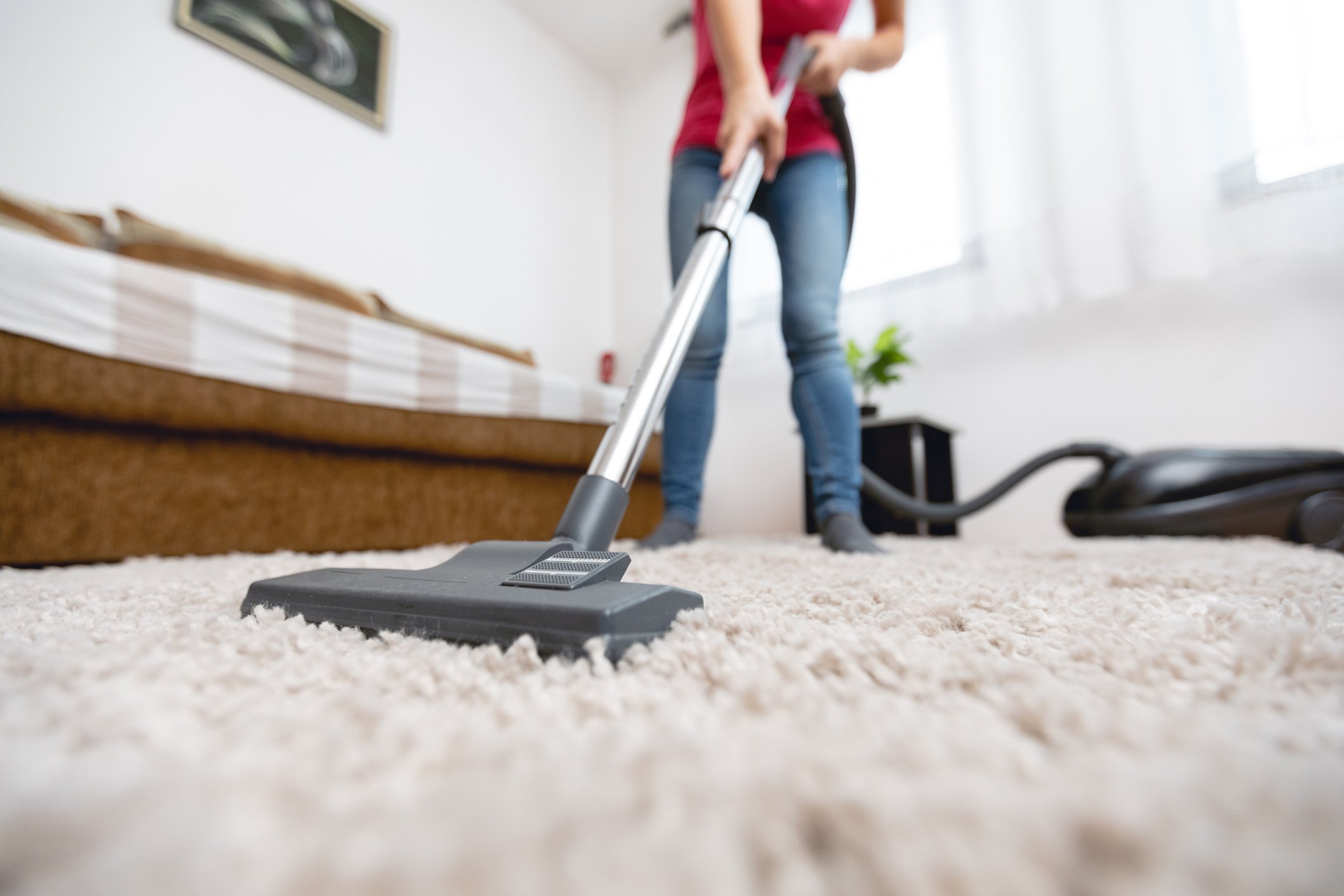

0 thoughts on “How To Get Cat Pee Out Of Couch Cushions”